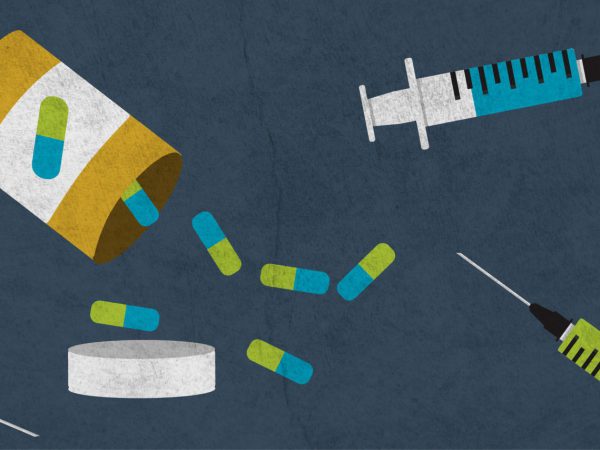Alex Cohen is the Director of Learning and Evaluation for the Richard M. Fairbanks Foundation.
As policymakers and others identify ways to address the opioid epidemic, a key tactic has been limiting opioid prescribing and promoting alternative pain remedies.
Marijuana is one alternative that has been widely discussed, especially in light of the expansion of laws the allow medical use of marijuana and, recently, recreational use of marijuana for adults 21 and older. An impetus for these laws has been marijuana’s potential for pain relief.
The expansion of medical and adult-use marijuana laws over time provides a unique opportunity to understand the impact of increased access to marijuana on opioid use. If marijuana provides a way to relieve pain for individuals who might be inclined to otherwise use opioids, then these laws could lower opioid use and help address the epidemic.
Have they?
A growing body of evidence suggests the answer is yes – but there are important risks, especially for young people, that should cause us to tread cautiously when assessing this alternative pain management approach.
Two recently published studies find that both medical and adult-use marijuana laws have reduced opioid prescribing among Medicare Part-D and Medicaid enrollees. One of the studies even finds that medical marijuana laws have led to lower overdose deaths.
These studies give some confidence that better access to marijuana may provide an effective lever in addressing opioid prescribing and opioid overdose deaths, at least among Medicare and Medicaid populations.
However, it is important to note that there are other factors to consider before expanding marijuana access at a large scale.
First, even if broader access to marijuana leads to benefits in the form of lower use of opioids, it may have costs related to other outcomes. There is good evidence, for example, that broader access to marijuana can lead to higher marijuana use among youth and more binge drinking as these youth reach the legal drinking age.
Just as importantly, even though marijuana may pose a lower risk of overdose than opioids, it’s not harmless. Marijuana use can lead to lower academic achievement and has its own health risks.
Finding effective pain remedies beyond opioids is critical. This is particularly true for individuals with chronic pain who face new limits on opioid prescribing and may be inclined to substitute to illicit opioids like heroin.
However, any decision to make it easier to obtain marijuana should take into account not just the unintended benefits, in terms of lower opioid use or even lower overdose deaths, but unintended negative consequences as well.
Interventions that instead target underlying causes of both marijuana and opioid use—like evidence-based prevention programs for youth—may prove more successful.


